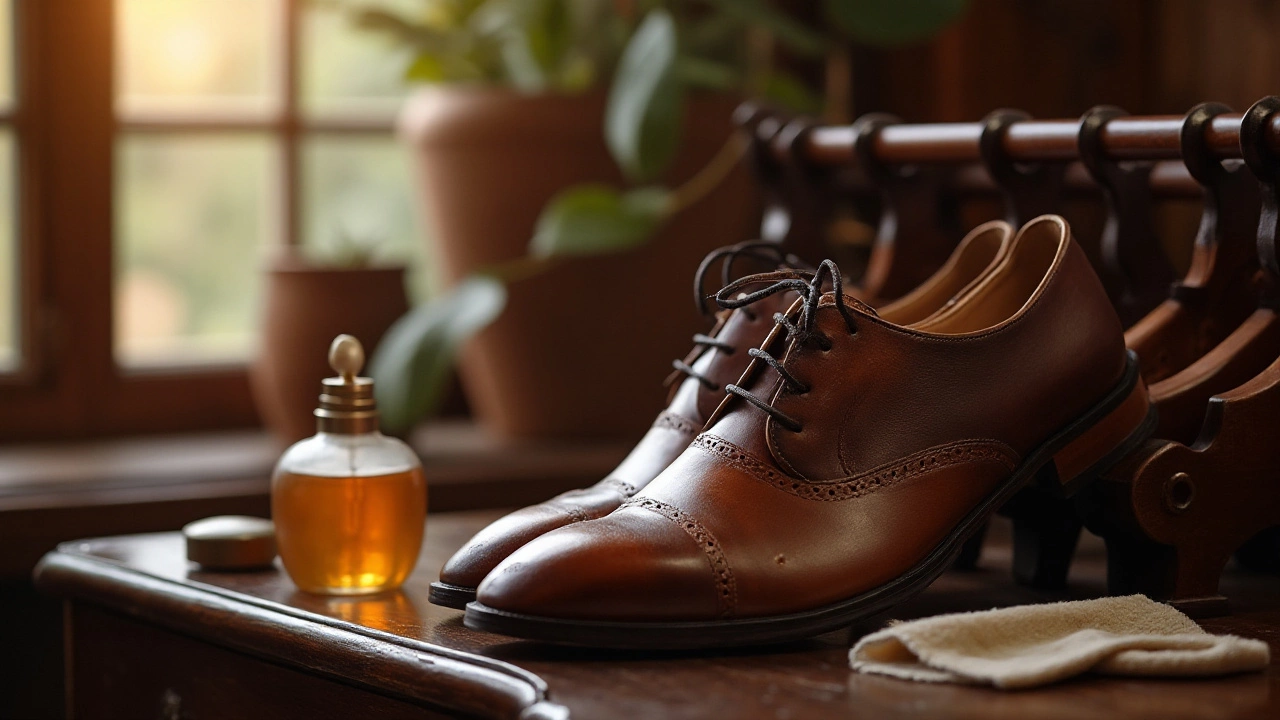Replacing Leather Shoes: Know When to Swap and What to Choose Next
Leather shoes look great, but they don’t last forever. Knowing the exact moment to say goodbye can save you money, keep you comfortable, and stop you from looking sloppy. Below you’ll get practical signs that your pair is done and a quick guide to smart replacements.
Signs Your Leather Shoes Need to Go
First sign: the sole is coming apart. If the glue is cracking, the tread is smooth, or the bottom is uneven, the shoe can’t give you proper support any more. Walking on a worn‑out sole feels strange and can lead to foot pain.
Second sign: the leather is cracked or peeling. A few small cracks are normal, but when the surface starts to split or the finish flakes off, the material won’t protect your feet from moisture.
Third sign: persistent odor. No amount of spray can mask a shoe that’s been soaked, sweaty, and never fully dried. If the smell lingers after washing, the inner lining is probably deteriorating.
Fourth sign: the fit has changed. Leather stretches over time. If the shoe feels loose, slides around, or causes blisters, it’s a clear cue that it’s losing shape.
Finally, notice the style. Sometimes a pair just looks outdated. If you’re constantly avoiding the shoes because they clash with most outfits, it’s time for a refresh.
Smart Options for the Next Pair
When you decide to replace, you don’t have to stick with full‑grain leather. Synthetic leather, also called PU leather, mimics the look of real leather but is lighter, cheaper, and easier to clean. It’s a solid choice for office shoes or casual sneakers.
Canvas shoes are breathable and work great in warm weather. Pair them with a simple sneaker sole for everyday comfort. If you need something tougher, consider shoes with a rubber or EVA midsole – they give good shock absorption and last longer on rough surfaces.
For a more eco‑friendly route, look at shoes made from recycled materials. Brands are now offering sneakers built from reclaimed plastics and natural fibers, which still give you a sleek appearance without the environmental hit.
Budget matters, so think about buying off‑season sales or outlet stores. You can often find high‑quality alternatives at 30‑40% off regular price. Keep an eye on the return policy – a good store will let you try the shoes at home for a few days.
Take a moment to treat your new pair right from day one. Apply a water‑repellent spray if you go with real or synthetic leather, and use a shoe tree to keep the shape. Regular cleaning extends life, so a quick wipe after each wear does wonders.
In short, watch for worn soles, cracked leather, odor, fit issues, and outdated style. When any of those pop up, start looking at synthetic leather, canvas, or recycled sneakers as affordable, comfortable alternatives. With the right care, your next shoes will stay fresh longer and keep your feet feeling great.

